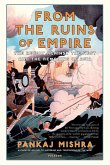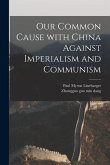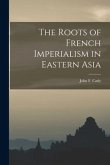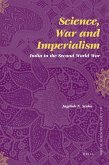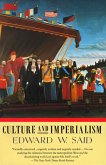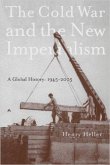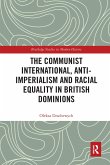During the 15th century, China had become economically and technologically advanced compared to civilizations in Europe at the time, and its fleet, which had reached a total of 3,500 ships, was unmatched by any other world power. Nevertheless, after conducting several trade expeditions with the massive fleet, the Chinese ships were either burned in the docks or left to rot. With that, China began to revert to the xenophobic policies of its past and reduce its presence in other lands. By 1525, the largest naval fleet in the world had essentially been destroyed or dismantled by China itself. > The Portuguese explorer Jorge Álvares visited the Chinese coast in 1513 and was the first European to do so via the sea. Shortly after, more Portuguese visited around the Tunmen Inlet, which is believed to have been somewhere around the Pearl River Delta, and an establishment was set up there in 1514. At this time the Chinese knew nothing of the Portuguese other than their violent takeover of Malacca, a tributary to the Chinese Empire, so the Portuguese were treated with caution. In 1516, Rafael Perestrello was dispatched from Malacca to the islands of Guangdong where his people were well received. Due to this favorable reception, more ships and trading vessels were sent the following year under the command of Perez de Andrade. The fleet anchored on the island Shang-chuan and was at first viewed with suspicion, given the frequent raids from Japanese pirates around the Guangdong region. However, Andrade was peaceful in his dealings with the Chinese and the Chinese allowed two of his ships to proceed to Guangzhou (Canton), while the others returned to Malacca or sailed up the coast with Chinese junks to other merchant factories. The peaceful interactions with the Portuguese was not to last for very long thanks to Andrade's brother, Simão de Andrade, also known as Simon (Brinkley 1904: 170-142). The Portuguese fleet that arrived in 1518 under the command of Andrade's brother quickly turned to piracy, and the diplomatic relations between the Chinese and Portuguese deteriorated. As a developing and expanding city, the land of Guangzhou has become a valuable commodity that attracts immigrants from regions of Southeast Asia, Europe, western Asia and Africa. Even within China itself, a large number of migrants have moved from other regions of China to Guangzhou making the Chinese migrant population around 30-40% resulting in the city deciding to limit its population growth by 2020 (Guangzhou Population 2018). Most of the residents of the city live in the central districts of the city. In the 21st century, Hong Kong needs very little introduction to the general public, as it has become a major economic power in the world with a name as recognizable as London, New York or Berlin. In fact numerous textile and other products bear the familiar label "Made in Hong Kong." However, this was not always the case. This position as a major economic world market is relatively recent having only been established in the second half of the 20th century.
Hinweis: Dieser Artikel kann nur an eine deutsche Lieferadresse ausgeliefert werden.
Hinweis: Dieser Artikel kann nur an eine deutsche Lieferadresse ausgeliefert werden.


